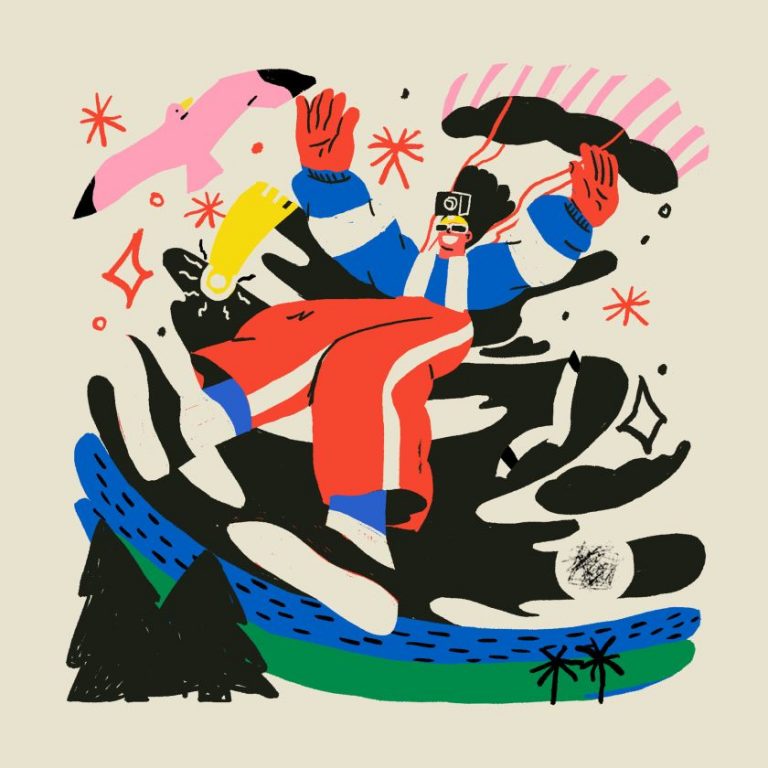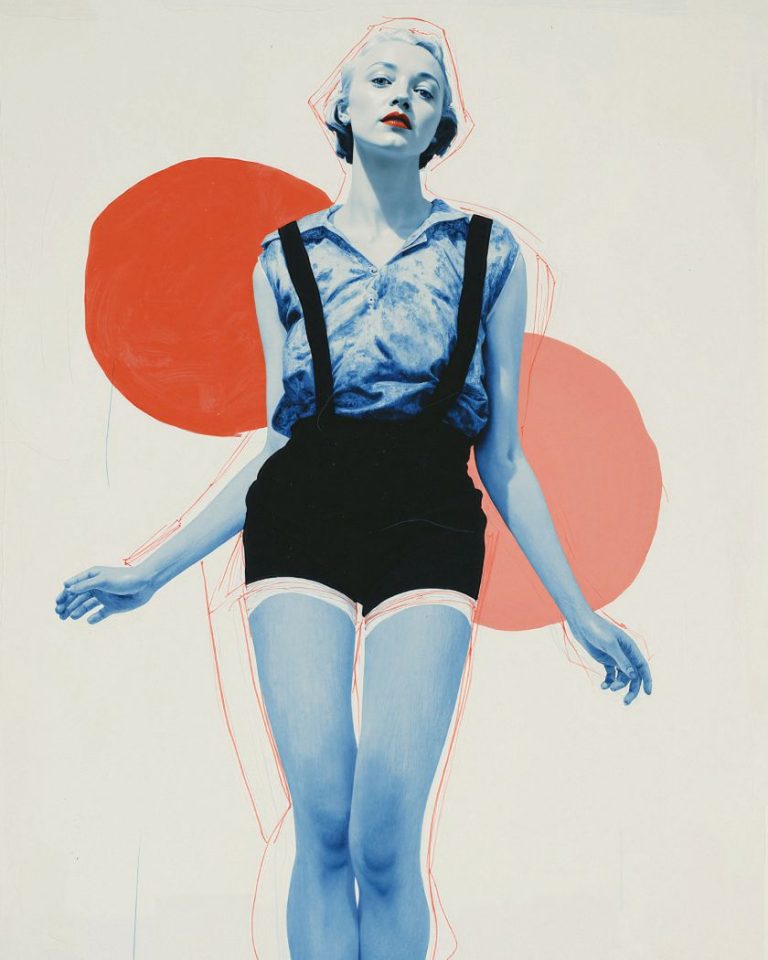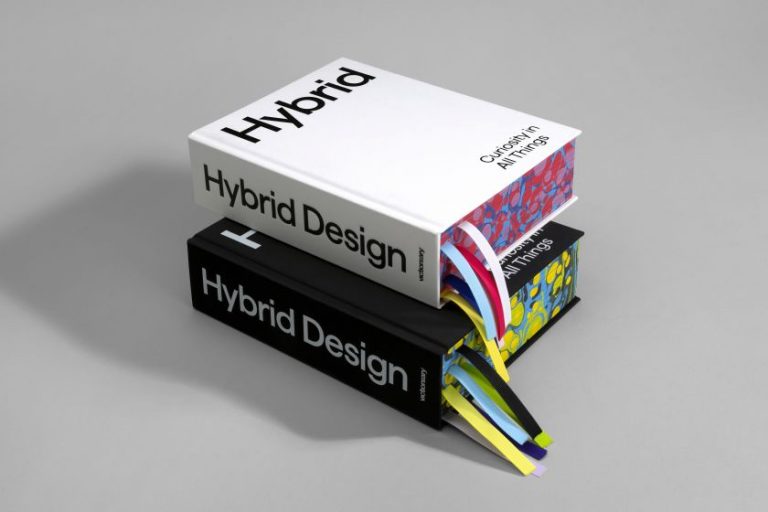URNA, Renders. Courtesy Of URNA, Malta
At the bottom of a Maltese quarry, a radical rethinking of death and memorialisation takes shape. URNA, Malta’s powerful contribution to the 2025 London Design Biennale, proposes a collective, ego-free future for remembering the dead — where limestone dust becomes legacy, and grief transforms into geology.
Art and design, by their very nature, can transport you somewhere — usually emotionally, sometimes spiritually, and occasionally, literally. This central tenet of the knotty and much-debated function of culture partly explains why I’ve found myself standing next to a dead sparrow at the bottom of a vast quarry somewhere in Malta, 12 storeys down into the sand and scurf, contemplating death, and the ego, and pondering a newly egalitarian and rather beautiful future for memorialisation.
The dead sparrow wasn’t planned, but it was fitting; the awe-inspiringly vast and hyper-specific site very much was. You don’t just find yourself accidentally plunged into the depths of a quarry in a hard hat, having got off the bus a stop or two after you were meant to.
The slightly surreal but oddly fitting new intervention that recently appeared at the bottom of said quarry is URNA, the large, semi-spherical sculptural memorial structure that forms Malta’s quietly radical contribution to the 2025 London Design Biennale, which runs from 5-29 June at Somerset House.
We’re seeing URNA here because as well as using its beautiful semi-spherical form as a proposed alternative to memorialising as we know it — a more utopian proposition around remembering the dead that shuns ego in favour of layer upon layer of ‘souls’ — it’s a celebration and demonstration of Malta’s most important export, limestone.
Courtesy of Anne Immele
Courtesy of Anne Immele
What does it mean to become a landscape? This question threads itself through URNA. Equal parts object, site, and speculation, URNA reimagines the rituals of death and memory in a future where cremation — still unfamiliar in Malta — becomes a communal, sculptural act.
Supported by Arts Council Malta and conceived by a team including Andrew Borg Wirth (curator and architect), Anthony Bonnici (architect), Tanil Raif (architect and designer), Matthew Attard Navarro (art director), Anne Immelé (photographer and curator), Stephanie Sant (filmmaker and writer), and Thomas Mifsud (architect and visual designer), URNA centres around vast spherical modules cast from reconstituted limestone dust, designed to hold the cremated remains of 128 people — not as isolated urns, but layered into one body.
In practical terms, this means that if we were to die today and opt to be remembered through a URNA (the idea is that the concept acts as a sort of prototype for countless more into the future), “We’ll be at the bottom, like building the foundation” explains Bonnici. “It’s like when Gaudi made Sagrada Familia – it’s never finished. With URNA, you’re positioning yourself in a timeline that spans hundreds of years.”
URNA, then, upends the idea of a mausoleum and instead acts as a sort of open system: it doesn’t preserve a singular memory or a person or couple or even family unit but embraces the idea of each of our individual deaths as a contribution to something larger – both literally in the layers upon layers of stone and on a more spiritual, universal level celebrating interconnectedness in death. Something porous, evolving, forever unfinished – a rejection of the modern-day urge to “get everything done completely,” as Borg Wirth puts it.
In this project, the human lifespan becomes geological thanks to the innovative use of reconstituted dust from limestone, Malta’s native stone, which compresses memory into sediment.
The URNA we see in the quarry is a prototype for the Biennale piece, and for the countless more versions, it’s hoped the project will spawn for years to come. In contrast to conventional memorials, such as graves, which require cleaning, tending, and maintenance, URNA is exempt from these obligations. “It just becomes something that develops. You don’t have to keep returning,” Bonnici explains.
He adds that the team has imagined URNAs taking on countless possible typologies. Remember “a village, or a football team, or a queer community”, for instance. “You make your own URNA, so to speak.”
This sense of collective authorship shaped not only the project’s form but its process. “We built the project together,” says Borg Wirth. “The ritual informed the object, and the object informed the ritual. It was really kind of symbiotic.”
Courtesy of Anne Immele
Courtesy of Anne Immele
He continues, “Time stops here; you’re disconnected from the outside world.” This observation becomes all the more palpable in the beautiful yet unequivocally surreal film by Stephanie Sant, which explores imagined rituals through mourners and quarry workers, with ceremony unfolding in movement and the quarry becoming a performance space in its own right.
Alongside the film, there is a photo essay by Anne Immelé exploring death masks and funerary topographies. Additionally, a number of projects from students across the globe examine their own ideas on memorialising death by designing speculative URNAs for different cultures. A series of books accompanies and enhances the project. “You’re a bit of a collective. You’re not celebrating one individual artist — we kept iterating together,” Borg Wirth adds. “The topic is so personal, and there are so many interpretations of what this could come to mean.”
URNA envisions a future where design facilitates dissolution through material permanence. The ego melts away along with the established boundaries of life and death and how we view and commemorate them. In the end, the proposition is simple yet profound: as the stone erodes and the spheres collect their souls, the individual dissolves into a new whole of stone, dust, and time.
One sphere may stand alone; another may grow into a constellation. Some remain unfinished, some perfect. “It becomes like the quarry itself,” says Borg Wirth. “An active landscape that changes over time.”










